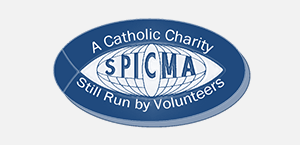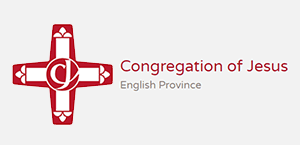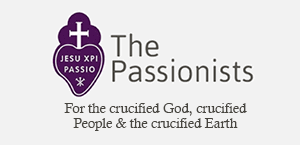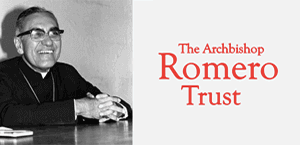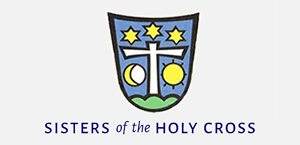Gospel in Art: I came to cast fire on the earth
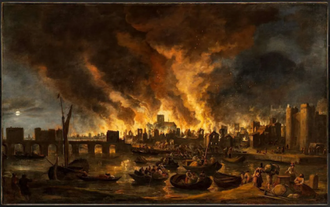
The Great Fire of London in 1666, by Lieve Verschuier.1675 © Museum of Fine Art, Budapest
Source: Christian Art
Gospel of 23 October 2025
Luke 12:49-53
At that time: Jesus said to his disciples, 'I came to cast fire on the earth, and would that it were already kindled! I have a baptism to be baptised with, and how great is my distress until it is accomplished! Do you think that I have come to give peace on earth? No, I tell you, but rather division. For from now on in one house there will be five divided: three against two and two against three. They will be divided, father against son and son against father; mother against daughter and daughter against mother; mother-in-law against her daughter-in-law, and daughter-in-law against mother-in-law.'
Reflection on the painting
Fairly often as a priest I would end a meeting with parishioners or with schools with the words "Come, Holy Spirit, fill the hearts of your faithful, and kindle in them the fire of your love." That image of fire is at the heart of today's Gospel, where Jesus says, "I have come to bring fire to the earth, and how I wish it were blazing already!" John the Baptist had foretold this when he said that the Messiah would baptize "with the Holy Spirit and with fire." And indeed, at Pentecost, that promise was fulfilled: tongues of fire rested on each of the disciples, and they were filled with divine courage.
Fire is one of the most powerful and recurring images in Scripture. It is both destructive and purifying. Moses meets God in the fire of the burning bush; the Israelites are led by a pillar of fire through the desert. Fire consumes, but it also renews. In nature, a farmer burns the stubble of a field so that the soil may be refreshed for a new crop; on the moors, the heather is burned to make way for new shoots of life. So it is with the human heart. God's fire burns away what is dead or overgrown within us (pride, selfishness, sin). not to destroy, but to make space for something new to grow. The divine fire purifies us so that new life, new grace, and new love can take root.
Lieve Verschuier's The Great Fire of London, 1666 captures one of the most terrifying, destructive events of 17th-century Europe. The fire began in a bakery on Pudding Lane and raged for four days, destroying over 13,000 houses, nearly 90 churches, and much of the medieval city. Painted within a decade of the catastrophe, Verschuier's canvas shows London engulfed in an apocalyptic glow. The orange flames are devouring the skyline, smoke billowing above the Thames, boats crowded with people fleeing the inferno.
When Jesus says in our reading today, "How I wish it were blazing already," he is speaking not of destruction as illustrated in our painting, but of transformation. His fire is not one that consumes cities or ruins lives; it is the fire of the Holy Spirit: a flame that purifies, enlightens, and renews. Where earthly fire leaves ashes, Christ's fire leaves new life!
LINKS
Gospel in Art: https://christian.art/
Today's Reflection: https://christian.art/daily-gospel-reading/luke-12-49-53-2025-2/










